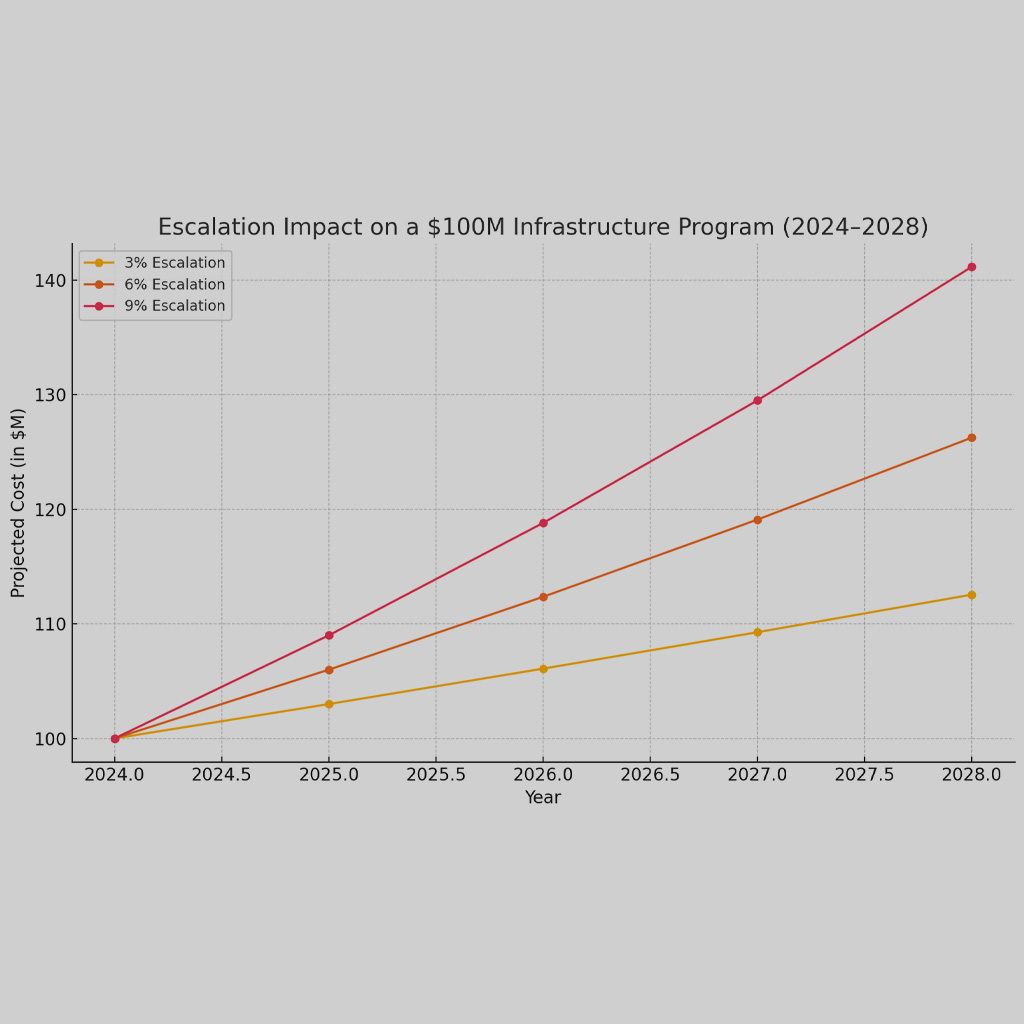As urbanization and development continue to rise globally, understanding the various roles in construction becomes increasingly important. This blog post aims to shed light on two key players in the construction industry: the Construction Manager (CM) and the Construction Manager at Risk (CMAR). Although their titles might seem indistinguishable at first glance, the two positions differ significantly in terms of their responsibilities, obligations, and potential benefits for a capital improvement project.
Defining the Roles in Depth: Construction Manager and Construction Manager at Risk
The intricate process of capital improvement projects necessitates specialized roles that bring their expertise to bear on the various aspects of the project. The Construction Manager (CM) and Construction Manager at Risk (CMAR) are two such roles whose responsibilities and commitment levels shape the project’s outcome. The distinctions between these two roles become clearer as we delve deeper into their respective duties, responsibilities, and the value they bring to the project.
Construction Manager (CM)
A Construction Manager serves as the project owner’s representative, hired to manage and oversee the planning, design, and construction of a project from its inception to its completion. The CM works closely with the project owner, making key decisions, and coordinating between various stakeholders, including architects, engineers, and subcontractors.
1. Project Planning:
The CM is involved from the project’s early stages, offering valuable input during the design phase to ensure constructability. They help develop the project’s scope, determine feasibility, and assist in obtaining necessary permits and licenses.
2. Cost Management:
The CM prepares cost estimates, sets the budget, and performs value engineering to ensure cost-effectiveness. They provide regular financial updates to the project owner and identify potential financial risks.
3. Time Management:
The CM develops and manages the project timeline, ensuring that all project tasks are completed on schedule. This involves coordinating with all stakeholders to prevent and resolve any delays.
4. Quality and Safety Management:
The CM ensures that the project meets all quality standards and complies with safety regulations. This involves regular site inspections and coordination with regulatory authorities.
5. Contract Administration:
The CM is responsible for administering contracts with subcontractors and suppliers. They ensure that all contractual obligations are fulfilled, and any disputes are resolved effectively.
Construction Manager at Risk (CMAR)
Construction Manager at Risk (CMAR)
The Construction Manager at Risk plays a more comprehensive role, providing both consultancy services during the design phase and serving as a general contractor during the construction phase. The CMAR agrees to deliver the project within a predetermined Guaranteed Maximum Price (GMP), thereby assuming financial risk if the project exceeds that cost.
1. Design Phase Services:
During the design phase, the CMAR offers expert advice and collaborates with the project owner and design team. They provide crucial input on constructability, material selection, and potential cost-saving opportunities. The CMAR’s involvement from the project’s onset enables a more accurate cost estimate, leading to fewer design changes during construction.
2. Construction Services:
Once the design phase is complete, the CMAR transitions into the role of a general contractor. They manage the construction work, coordinating with subcontractors and suppliers. The CMAR is responsible for ensuring the work is completed on time, within budget, and to the required quality standards.
3. Financial Risk Management:
The CMAR model transfers a significant portion of the financial risk from the owner to the CMAR, who guarantees to complete the project within the GMP. Any costs exceeding the GMP are generally absorbed by the CMAR unless they result from changes initiated by the owner or unforeseen conditions.
4. Contracting Services:
Similar to the CM, the CMAR also administers contracts with various project stakeholders. However, in this role, the CMAR typically contracts directly with the subcontractors, providing a single point of responsibility for the owner.
Deciding the Path: When to Utilize a Construction Manager or Construction Manager at Risk
Selecting the right management approach for a capital improvement project is vital in ensuring a streamlined process, on-time completion, and desired quality standards. The choice between employing a Construction Manager (CM) and a Construction Manager at Risk (CMAR) can influence the overall outcome of the project significantly. This decision is dependent on the complexity of the project, the desired level of owner involvement, and the level of financial and operational risk the owner is willing to shoulder.
Construction Manager (CM)
The CM acts as an extension of the project owner, serving as a guide and facilitator throughout the project’s life cycle. Employing a CM is advantageous in several scenarios:
1. High Owner Involvement:
The CM model is particularly effective when the project owner desires to have a high level of involvement and control over the project. This approach allows the owner to participate directly in decision-making processes and select the subcontractors and suppliers for different stages of the project.
2. Flexible Timeline:
Projects with a degree of flexibility in their timeline can benefit from the CM approach. This flexibility allows the CM to better manage subcontractors, mitigate delays, and ensure optimal quality without stringent schedule pressures.
3. Cost Efficiency:
For owners who want to ensure cost efficiency, a CM can provide valuable services such as value engineering, budget development, and cost control. They can provide insights into potential cost savings while maintaining quality standards.
4. Risk Management:
While the CM model places the majority of the project’s risk on the owner, experienced CMs provide risk mitigation strategies, thorough planning, and continuous monitoring to foresee and address potential issues.
Construction Manager at Risk (CMAR)
The CMAR approach is distinct in its ability to combine the benefits of a consultant and a contractor. A CMAR is typically a good fit in the following instances:
1. Fixed Budget and Timeline:
Projects with a defined budget and stringent timeline often benefit from the CMAR approach. The CMAR provides a Guaranteed Maximum Price (GMP) which gives the owner cost certainty upfront and minimizes the risk of cost overruns.
2. Complex Projects:
Complex or large-scale projects that require specialized expertise or coordination may be better suited for a CMAR. Their early involvement in the project ensures that project design and plans are feasible and can be implemented efficiently.
3. Risk Transfer:
The CMAR approach is an attractive option for project owners who wish to minimize their risk exposure. The CMAR assumes the risk of delivering the project within the agreed budget, insulating the owner from financial overruns.
4. Single Point of Responsibility:
A CMAR provides a single point of responsibility for the project, which can simplify communication and decision-making processes. This can lead to increased efficiency and fewer misunderstandings or conflicts.
In conclusion, the choice between a Construction Manager and a Construction Manager at Risk is not one-size-fits-all; it largely depends on the specific circumstances of the project and the owner’s preference. Each approach offers unique benefits that, when aligned with the project’s needs and owner’s objectives, can lead to a successful capital improvement project.
At Front Line Advisory Group, we are pioneers in Capital Improvement Bond Management, leveraging unparalleled expertise and deep industry insights. Our mission extends beyond consultation – we empower our clients to realize the full potential of their investments, ensuring tax dollars are put to maximum use through astute Program Management Consulting. For more information or to commence your journey towards transformative bond management, reach out to us at info@frontlineadvisorygroup.com













